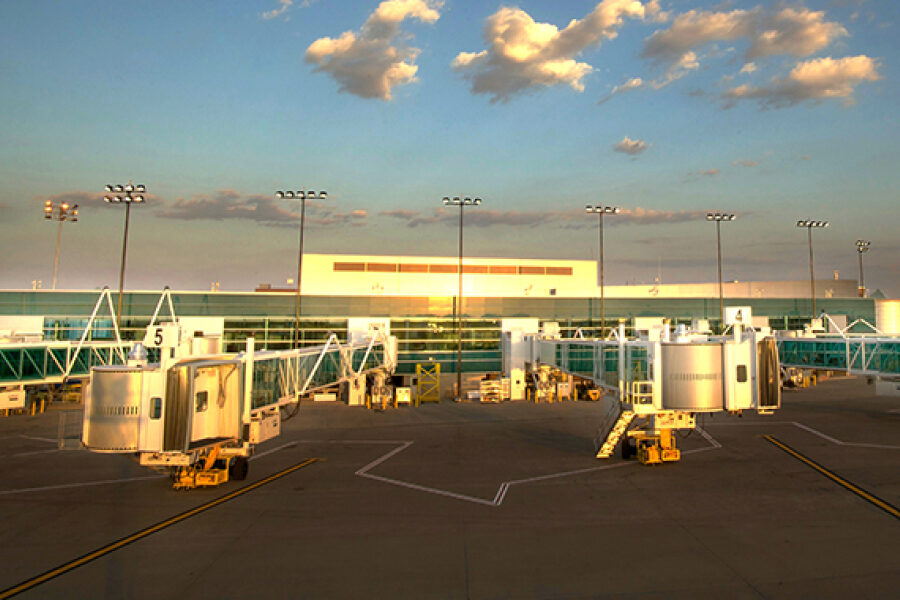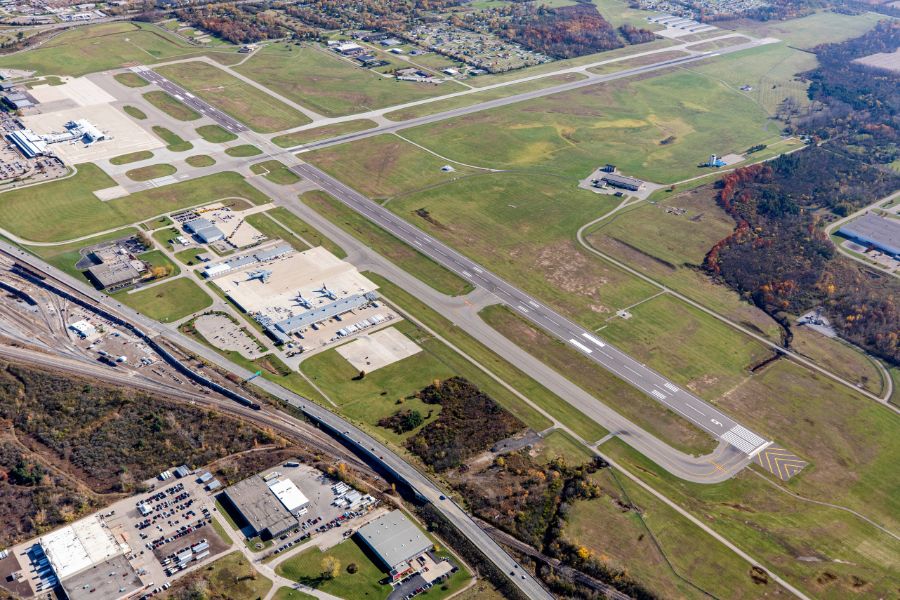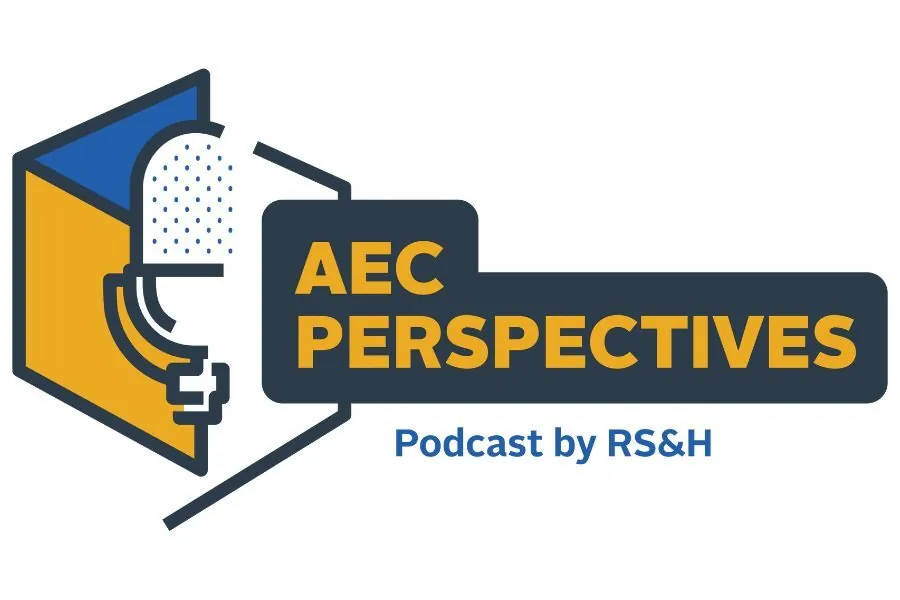MEP Master Planning Can Make the Most of Airport Terminals

When we talk about master planning efforts in aviation, thoughts likely turn to future airport terminal development and expansion, or perhaps a reconfiguration of the airfield to accommodate future growth.
Master planning these giant projects is imperative, as a master plan can help airport operators schedule, budget and coordinate improvements over a set amount of time to keep up with traveler demand.
But these master plans as we think of them can’t keep track of every system on airport property.
Consider the mechanical, electrical and plumbing (MEP) infrastructure inside a terminal building. All these systems have their own lifespans that are different than the terminal itself. These are vital components that must keep working correctly, but these components are also known to break down over time – and on their own time.
Oftentimes, airports treat these MEP systems from a reactionary position, resulting in either costly emergency repairs when these systems fail or having to live with out-of-order components until the next influx of funding. By having an MEP master plan in place, airport operators can address these systems proactively – often when the timing and funding are more convenient.
As the name suggests, MEP master planning examines the building systems in your terminal. Think of it as a systemwide diagnostics check that comes with a list of recommendations, a timeline, and costs.
Proactivity Leads to Efficiency
Instead of treating mechanical systems from a reactionary position, which can lead to a hodgepodge of patchwork, quick-fix projects, your facility can develop a more holistic picture of these systems and the health of each. As a result, you can group projects together and sequence them when they make the most sense.
For instance, if you know air ducts will need to be replaced in your airport terminal’s ceiling – which is also due for an aesthetic makeover – you can schedule and budget both projects concurrently to limit on-site construction and ensure you aren’t tearing through a new ceiling to make mechanical repairs. Another example is if the cooling tower needs to be replaced, but you know the sump pit and piping is scheduled for replacement next year, you can bundle the design and construction of these two systems together to provide a more cohesive project at a reduced cost.
Extending the Life of Mechanical Systems
An MEP master plan can inform and adjust your facility’s preventative maintenance plan to extend the life of the systems in place. The master planning approach takes an intentional look at all the systems, assesses where these systems are in terms of condition and life expectancy, and gives recommendations that prioritize systems and provide small steps to prolong their lifespan.
These scheduled minor repairs and updates can help hold off – or help get your facility into the right timeline for — a full system replacement.
This type of planning can also help identify the elements that are a resource drain, so you stop wasting resources limping along with a subpar system for years. Rather than spending $5,000 a month to keep a system going, you can spend $40,000 to replace it and stop spending monthly.
MEP Master Planning in Action
We assisted Rick Husband Amarillo International Airport (AMA) with the assessment of its existing terminal mechanical systems to establish a need and priority list for equipment repairs and replacements. From that assessment, we were able to describe existing system conditions we observed and make priority recommendations for equipment replacement and repairs with preliminary estimates of construction costs.
The AMA maintenance team was our greatest resource. We were able to tour the facility and talk with them to see what they were spending their time and resources working on. Together, we identified components in place that needed to be replaced in a way that was not going to be such a hodgepodge effort. We were able to identify failing components that needed more immediate replacement and also worked with the airport staff to prioritize what could wait for a new funding program in the coming years.
Lastly, we were able to determine the features and functionality they would like the system to have so future projects added those elements over time. This also allowed economy of scale, the grouping of project elements to avoid rework and capitalize on reduced mobilization costs for repeat projects.
Based on the existing conditions, as well as AMA requested features, we developed recommendations and presented them to airport staff after dividing them into three categories based on the priority of need:
- Immediate Improvements are those critical needs to be addressed in the next scheduled upgrade project. These improvements addressed the immediate concerns while also providing a foundation for energy-efficient and reliable mechanical systems.
- Short-Term Recommendations still provide service benefits but are less critical than those included in the immediate category.
- Long-Term Improvement Recommendations are additional projects that can be added as funding is available or as the need arises.
Get Started with an MEP Plan
To get the most out of an MEP master plan at your facility, keep these ideas in mind:
- Just like a traditional master plan, to get the most out of an MEP plan, focus on a set timeline to examine. Instead of just asking for an assessment, request a forecast on your systems – not just how they are working now, but how much time they have left.
- Develop a priority list of what needs to be replaced now and what can wait. Make sure your MEP consultant provides raw cost estimates. They should also be able to paint a picture of what could happen if you select one project vs. another.
- Understand the importance of knowing the condition of what you have, as well as your timeline and budget to replace/repair. This understanding will lead to more informed decisions about what projects to take on next.
- Don’t only focus on what systems are in place. Effective MEP planning answers the question, “What is taking up the most time and resources I have?” Answering that question will lead to better prioritization.
By following these guidelines, you can get a better handle on the systems within your terminal and find yourself in a better place to plan for the future.
Learn how our solutions providers can help on the next master planning project for your airport terminal.




